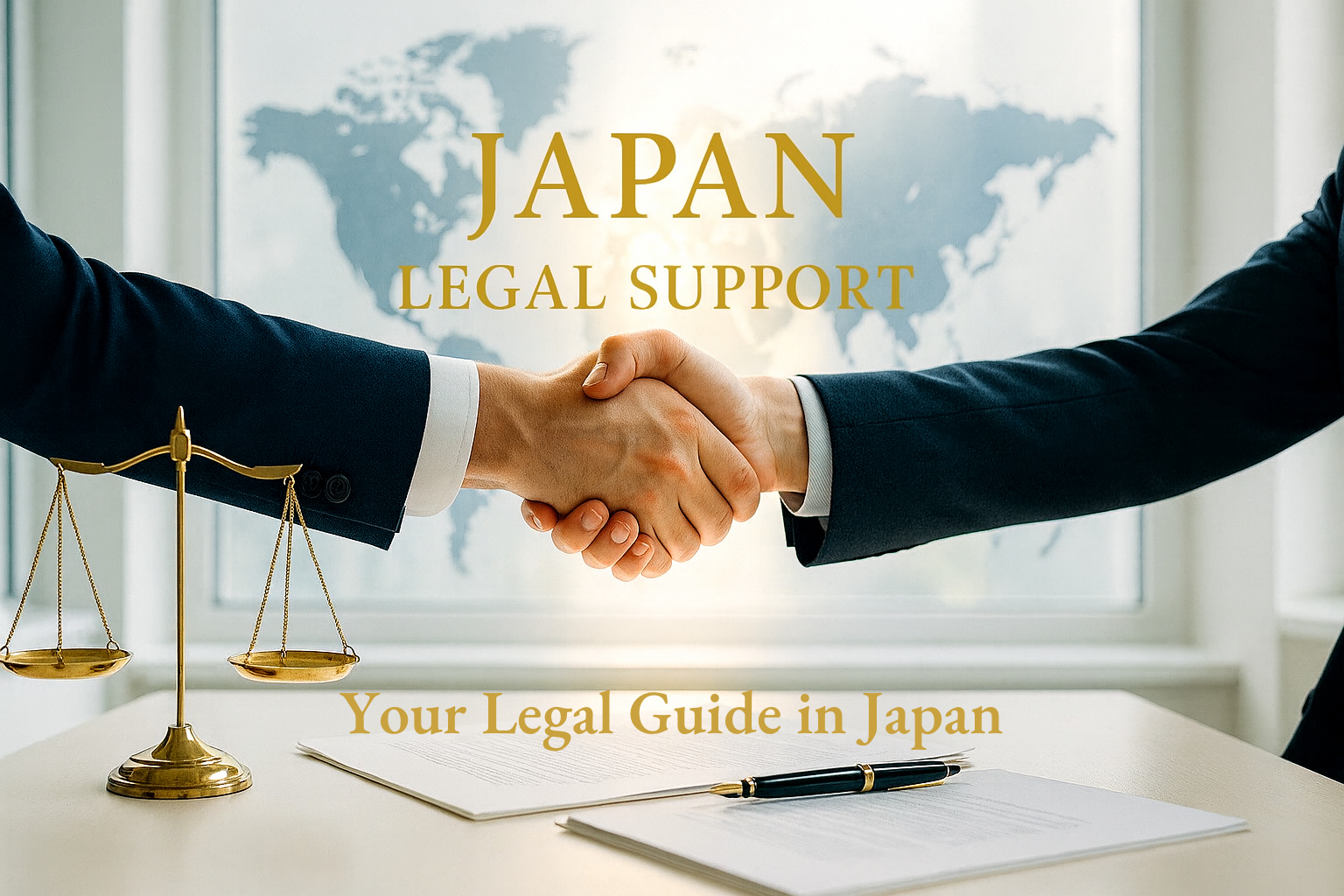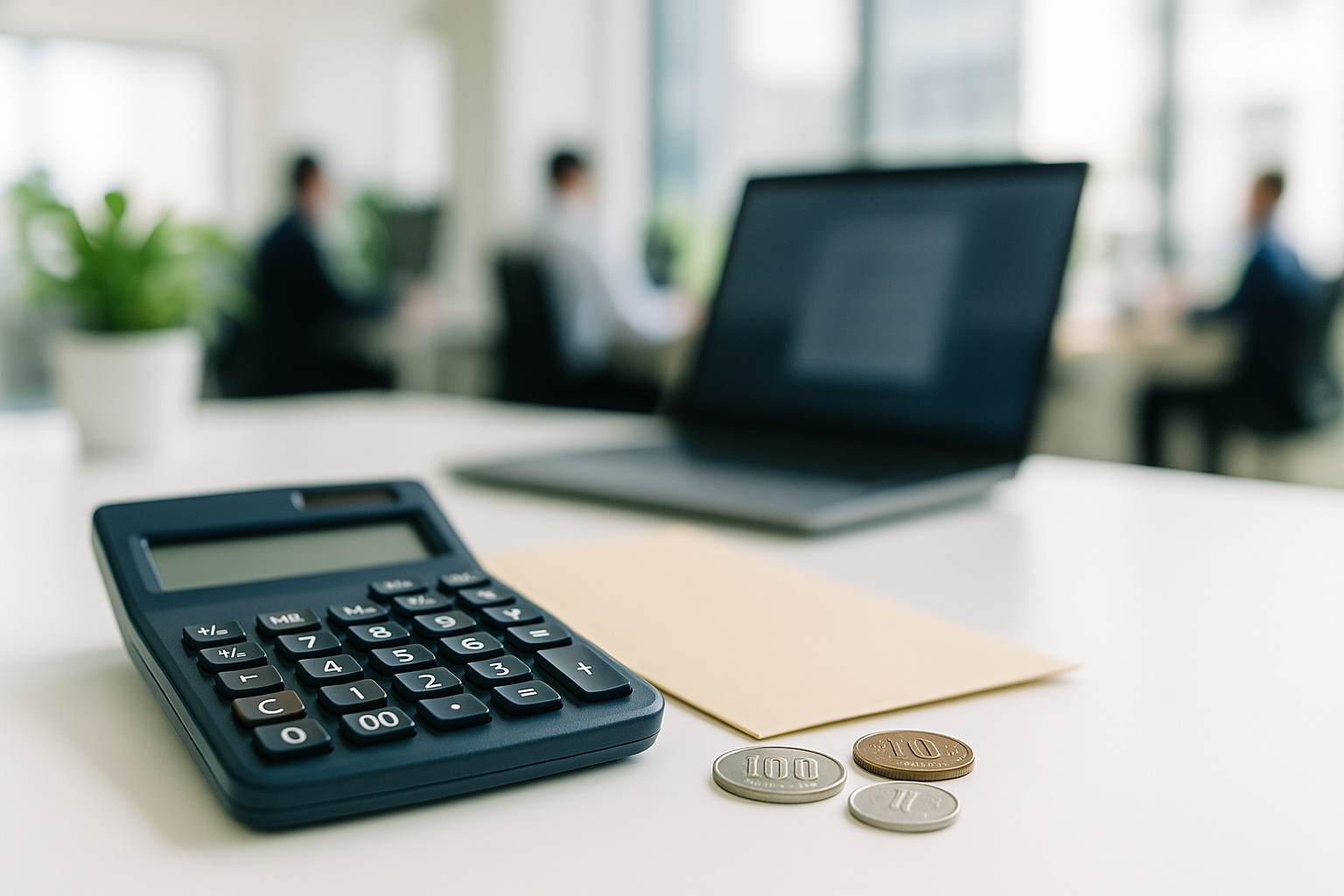Introduction
If you’ll live in Japan for more than 3 months, you’ll encounter taxes. The three you must understand first are Income Tax, Resident Tax, and Consumption Tax. This guide explains how they work at a practical level for employees and self-employed/freelancers, what to expect in your first vs. second year, and how to avoid common mistakes.
(Details like calculations, forms, and examples will be in the dedicated articles linked throughout.)
The Big Picture: Who pays what, and when?
- Income Tax (national):
Employees have tax withheld from monthly salary (Withholding Tax / 源泉徴収), then adjusted at Year-end Adjustment. Self-employed/freelancers file a Tax Return and pay directly. - Resident Tax (local/city):
Based on your previous year’s income. Usually nothing in year 1, then billed/withheld in year 2. - Consumption Tax (sales tax at checkout):
Standard 10%, 8% for food & non-alcoholic beverages. Displayed prices may be tax-inclusive or exclusive.
💡 Residents vs. non-residents: If you are treated as a non-resident for tax purposes, rules can differ. This overview focuses on residents.
Income Tax (所得税)
How it works — Company employees
- Your employer withholds Income Tax from each paycheck (Withholding Tax / 源泉徴収), based on your estimated annual income and declared dependents/insurance, etc.
- In December, your employer performs Year-end Adjustment (年末調整) to reconcile the actual annual tax.
- Overpaid? Refund in your December/January pay.
- Underpaid? The shortfall is collected via payroll.
👉 Read more: Year-end Adjustment in Japan: A Complete Guide↗
How it works — Self-employed/freelancers
- Unlike employees, no monthly withholding. You are responsible for filing and paying.
- File an annual Tax Return (確定申告 / Kakutei Shinkoku) (mid-February to mid-March for the prior year).
- If your previous year’s Income Tax exceeds certain thresholds, you may have provisional prepayments (予定納税) during the year (commonly around July/November).
👉 Read more: Tax Return in Japan: A Complete Guide↗
Deductions & credits (overview)
- Typical items include basic deduction, spouse/dependent deductions, social insurance, National Health Insurance, and pension contributions, plus certain life insurance or earthquake insurance premiums.
💡 Keep receipts and official certificates (e.g., insurance payment statements) for Year-end Adjustment/Tax Return.
👉 Read more: Income Tax in Japan: A Complete Guide↗
Resident Tax (住民税)
What it is
A local tax paid to your city/ward based on your previous year’s taxable income. The effective burden is about 10% (a combination of per-capita and income-based portions).
How it works — Company employees
- From year 2, your employer usually withholds Resident Tax from salary, determined by last year’s income.
How it works — Self-employed/freelancers
- No payroll withholding. You pay via payment slips sent by the city office (typically 4 installments), or set up bank auto-debit.
💡 Many foreigners are surprised in their second year when the Resident Tax bill arrives. Budget for it ahead of time.
👉 Read more: Resident Tax in Japan: A Complete Guide↗
Consumption Tax (消費税)
- Standard rate 10%; 8% for food & non-alcoholic beverages.
- Many stores show tax-included prices, but some display prices before tax—check the label or receipt.
💡 Residents vs. tourists: Tax-free shopping is mainly for short-term visitors under specific conditions; residents generally pay Consumption Tax as usual.
For small business owners
If you operate a business, you may need to register and file/payout Consumption Tax depending on your turnover and status. (Details vary; covered in the dedicated guide.)
👉 Read more: Consumption Tax in Japan: A Complete Guide↗
Documents you’ll see (and should keep)
- Withholding slip (源泉徴収票): Your employer must issue it after year-end or upon leaving a job—keep it for your records/filing.
- Resident Tax notice (住民税決定通知書): Arrives from your city/ward (often around early summer) showing your resident tax amount for the year.
- Payment slips (納付書): For Resident Tax if not withheld by an employer (and for some freelancers’ national taxes).
💡 Keep digital scans as backups. These documents are often required for visa renewals, housing applications, or new job onboarding.
Common Mistakes (to Avoid)
- Forgetting that Resident Tax = last year’s income → You likely won’t pay it in year 1, but you will from year 2.
- Assuming you never need to file → If you freelance, run a side business, or have multiple income streams, a Tax Return may be required even if you’re employed.
- Confusing Withholding Tax with the final tax → Payroll withholding is provisional; the final amount is set at Year-end Adjustment (employees) or Tax Return (self-employed).
- Not setting money aside → Freelancers/self-employed should budget for Income Tax, Resident Tax, and National Health Insurance/pension.
- Moving but not updating the city office → Registration impacts Resident Tax billing and official notices.
After You Pay Taxes: What will you do?
- Store your documents (withholding slip, Resident Tax notice, receipts).
- Get certificates when needed:
- Tax Payment Certificate (納税証明書): Proof that you paid; often requested for visa or loan/contract procedures.
- Taxation/Income Certificate (課税(所得)証明書): Shows your declared income and tax for the year—commonly requested by employers/schools.
- Know where to go:
- For Resident Tax certificates → City/Ward Office
- For national taxes (Income Tax) → Tax Office (税務署)
Quick Scenarios (so you can plan)
- First year as an employee: Income Tax withheld monthly; no Resident Tax yet.
- Second year as an employee: Income Tax withheld; Resident Tax starts (based on year 1).
- Freelancer from day 1: Save monthly for Income Tax + Resident Tax + National Health Insurance/pension; file a Tax Return; expect possible provisional prepayments next year if your prior year tax was high.
- Changed jobs mid-year: Keep all withholding slips; they’re essential for Year-end Adjustment or your Tax Return.
Related Guides (deep dives)
👉 Read more: Income Tax in Japan: A Complete Guide↗
👉 Read more: Resident Tax in Japan: A Complete Guide↗
👉 Read more: Consumption Tax in Japan: A Complete Guide↗
👉 Read more: Year-end Adjustment in Japan: A Complete Guide↗
👉 Read more: Tax Return in Japan: A Complete Guide↗
Conclusion
Understand the “big three”—Income Tax, Resident Tax, and Consumption Tax—and you’ll avoid the most common surprises. Remember: Income Tax is withheld then reconciled, Resident Tax lags by a year, and Consumption Tax affects daily purchases. Keep key documents, budget ahead (especially if freelancing), and you’ll handle Japan’s taxes with confidence.
👉 Related: Living and Working in Japan: First Steps
Note: This article is written for foreigners living in Japan or planning to move to Japan. Conditions and requirements may vary depending on individual circumstances.




